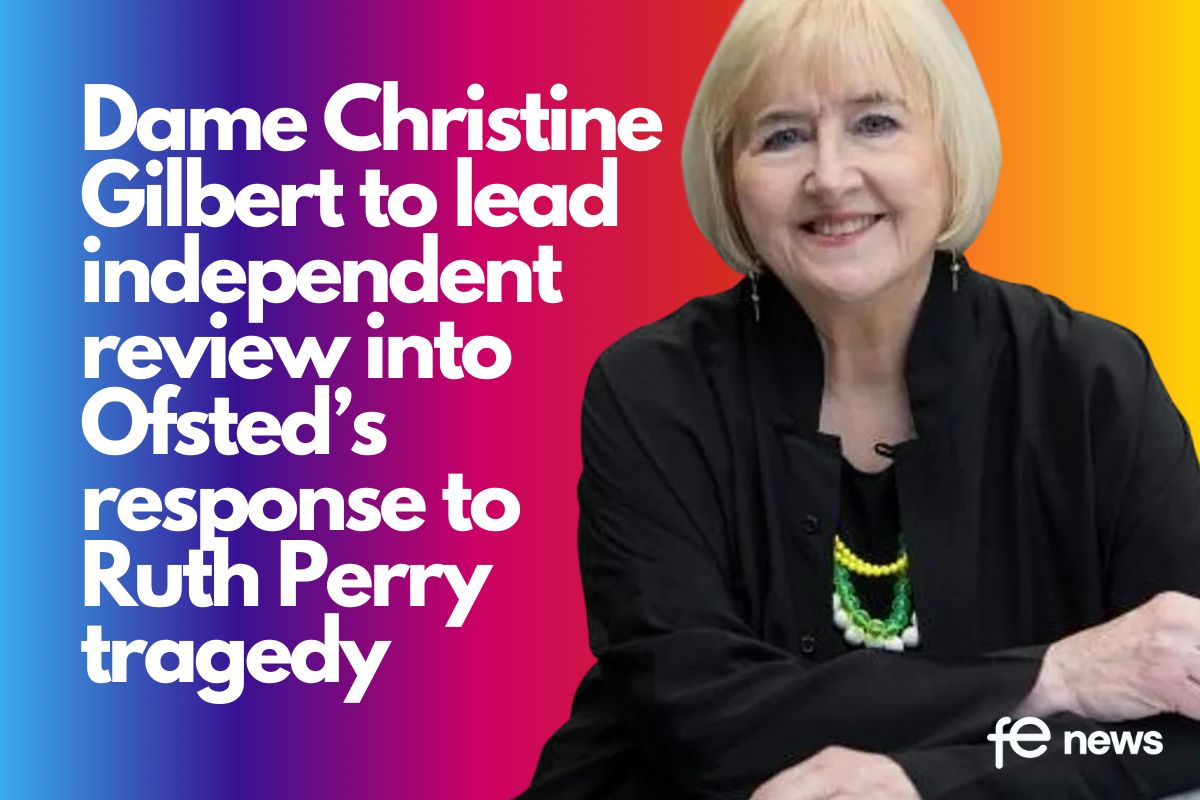The Eight Gatsby Benchmarks Of Good Career Guidance

New report sets out how to fix ‘broken career guidance system’
Career guidance in schools is failing pupils and damaging the economy, according to the first ever major study into how to fix the system in England.
The report “GOOD CAREER GUIDANCE“, published by the Gatsby Foundation, calls for comprehensive reform of careers advice after investigating best practice from countries including Germany, Canada, and Finland.
The report sets out eight benchmarks to define how English schools should help young people make the right choices:
The eight Gatsby benchmarks of Good Career Guidance
Benchmark 1
A stable careers programme
Every school and college should have an embedded programme of career education and guidance that is known and understood by pupils, parents, teachers and employers.
Benchmark 2
Learning from career and labour market information
Every pupil, and their parents, should have access to good-quality information about future study options and labour market opportunities. They will need the support of an informed adviser to make best use of available information.
Benchmark 3
Addressing the needs of each pupil
Pupils have different career guidance needs at different stages. Opportunities for advice and support need to be tailored to the needs of each pupil. A school’s careers programme should embed equality and diversity considerations throughout.
Benchmark 4
Linking curriculum learning to careers
All teachers should link curriculum learning with careers. For example, STEM subject teachers should highlight the relevance of STEM subjects for a wide range of future career paths.
Benchmark 5
Encounters with employers and employees
Every pupil should have multiple opportunities to learn from employers about work, employment and the skills that are valued in the workplace. This can be through a range of enrichment activities including visiting speakers, mentoring and enterprise schemes.
Benchmark 6 Experiences of workplaces
Every pupil should have first-hand experiences* of the workplace through work visits, work shadowing and/or work experience to help their exploration of career opportunities, and expand their networks.
Benchmark 7 Encounters with further and higher education
All pupils should understand the full range of learning opportunities that are available to them. This includes both academic and vocational routes and learning in schools, colleges, universities and in the workplace.
Benchmark 8
Personal guidance
Every pupil should have opportunities for guidance interviews with a careers adviser, who could be internal (a member of school staff) or external, provided they are trained to an appropriate level.
Its author Sir John Holman, Emeritus Professor at the University of York and former headteacher, said:
“Career guidance has failed young people for generations, with successive governments reorganising the system but failing to take the right actions to improve it. Pupils continue to be kept in the dark about the employment impact of the courses they choose.
“The whole country pays a heavy price for this failure. It creates a skills shortage, which harms the economy and deprives the country of a workforce fit for the 21st century. With employers reporting difficulties in filling vacancies at a time when high levels of youth unemployment persist, the need to take drastic action to improve career guidance is more pressing than ever.”
According to PricewaterhouseCoopers, the cost to implement these measures would be less than 1% of schools’ budgets.
In addition, for every pupil that is prevented from becoming NEET, it found the avoided costs to the nation’s finances would be enough to provide career guidance to the benchmark level for 280 pupils.

Lord Sainsbury of Turville, the founder of the Gatsby Foundation, said:
“If our recommendations are followed, I am convinced that collaborative action by key players can, for the first time in a generation, address current deficiencies and deliver a world-class career guidance system that is both effective and efficient.”
Natalie Thorhill












Responses